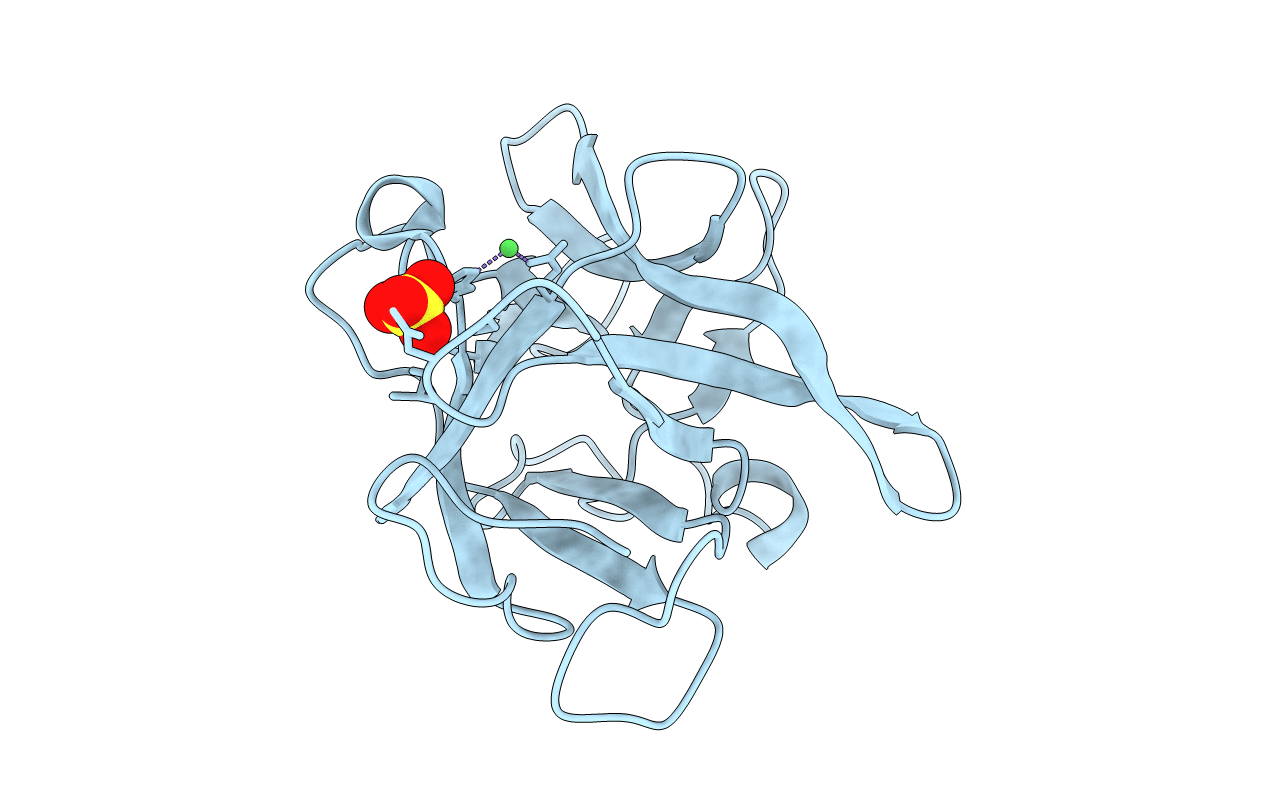
Deposition Date
2005-10-27
Release Date
2006-06-13
Last Version Date
2024-10-16
Entry Detail
PDB ID:
2ESU
Keywords:
Title:
Crystal structure of Asn to Gln mutant of Winged Bean Chymotrypsin Inhibitor protein
Biological Source:
Source Organism:
Psophocarpus tetragonolobus (Taxon ID: 3891)
Host Organism:
Method Details:
Experimental Method:
Resolution:
1.94 Å
R-Value Free:
0.23
R-Value Work:
0.21
R-Value Observed:
0.21
Space Group:
P 61 2 2


